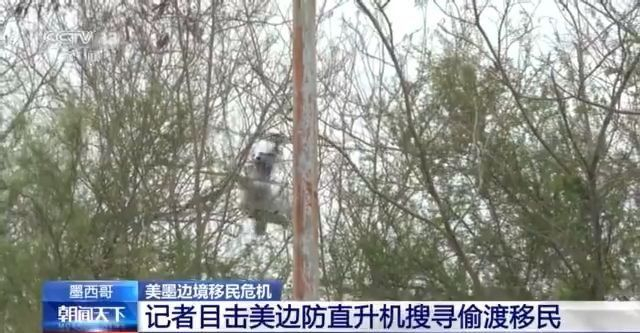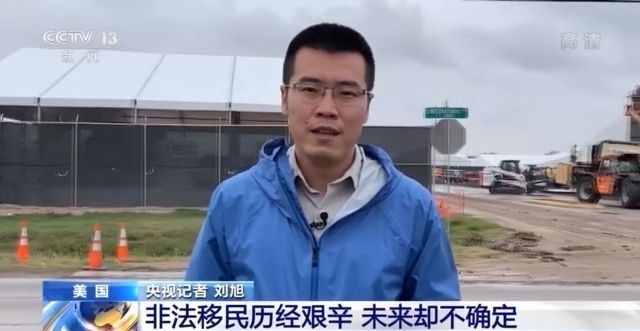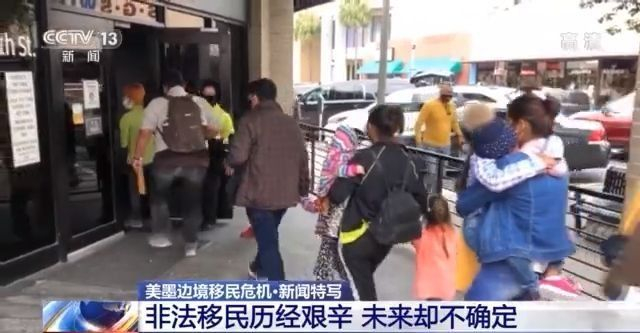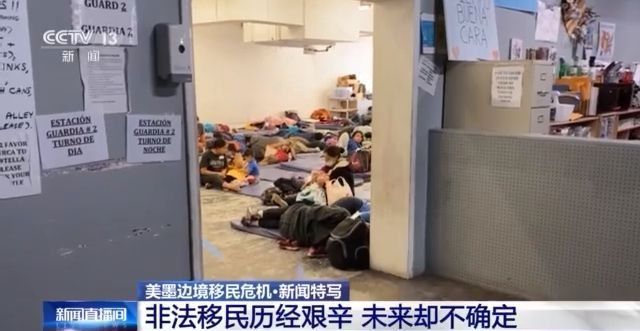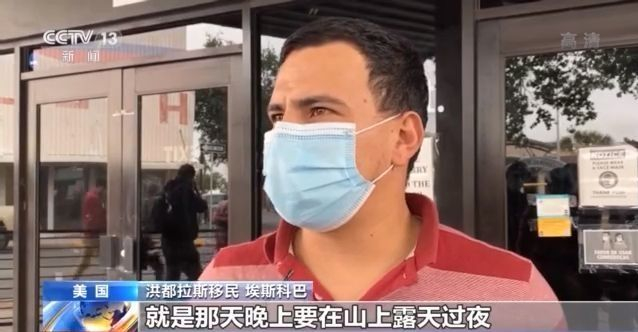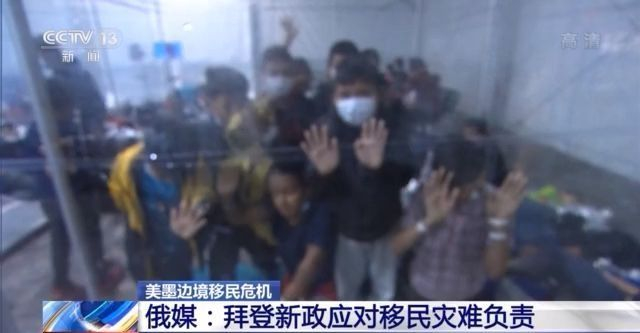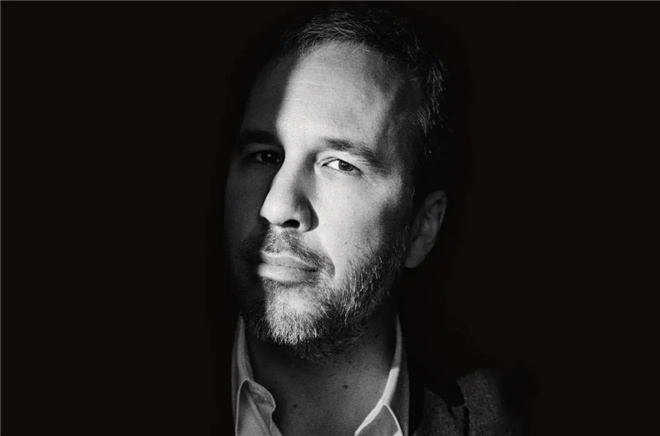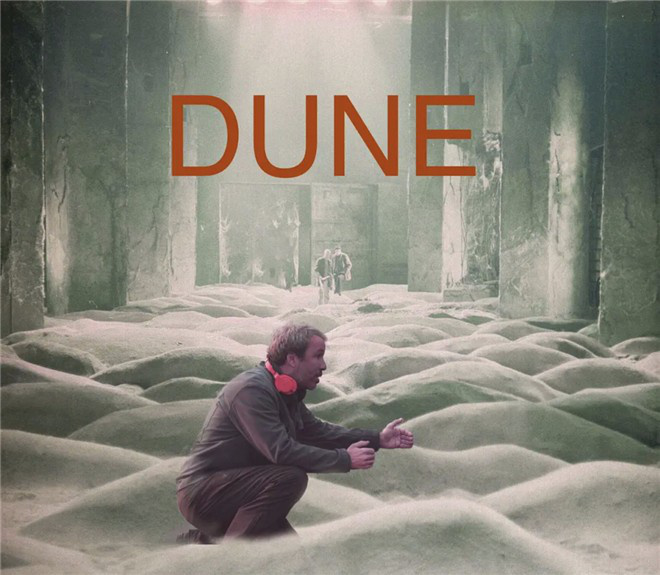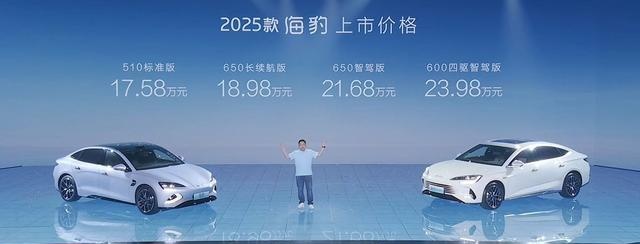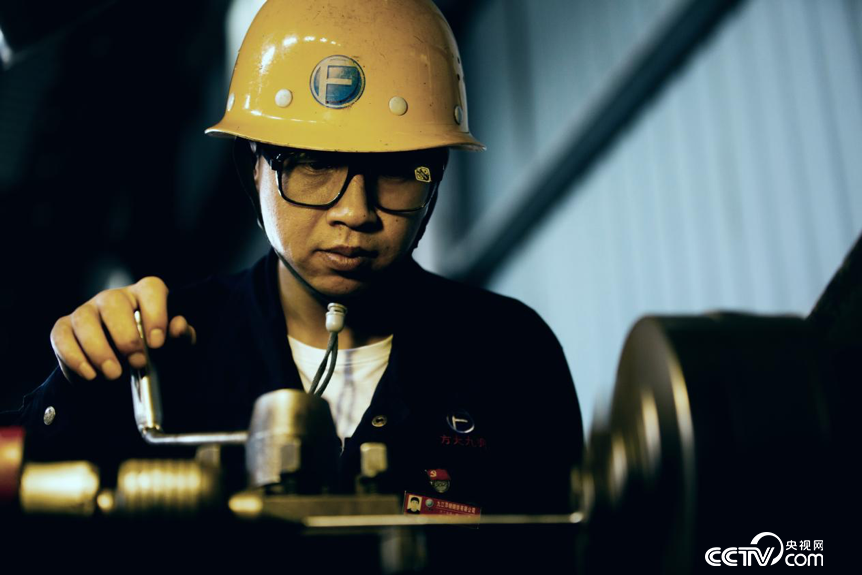What is the profit and loss of listed film companies behind blockbusters such as "Feng Shen" in the first half of the year?
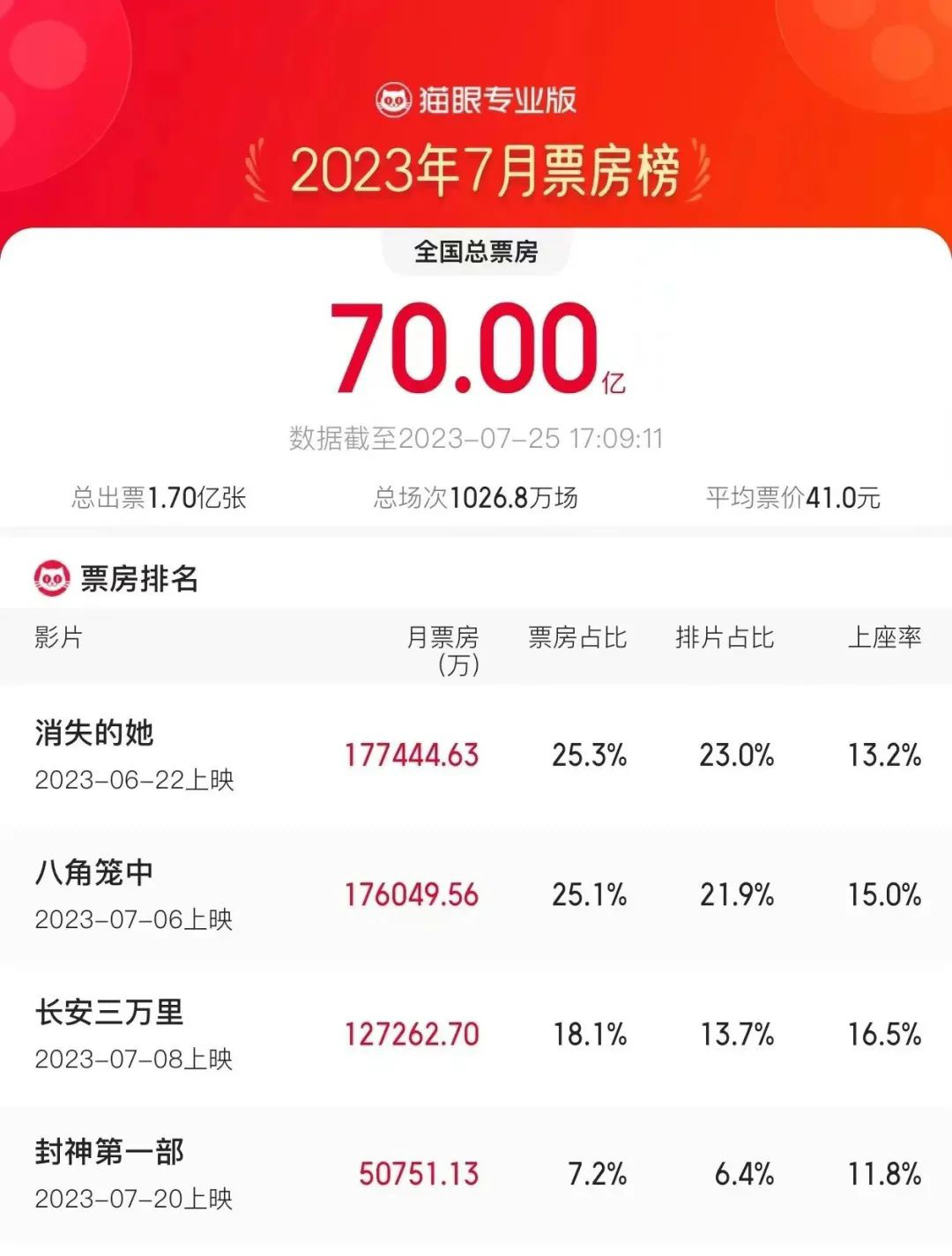
Special feature of 1905 film network July witnessed the birth of a number of film history records.
On July 22nd, the box office (including pre-sale) of the summer file of 2023 (from June 1st to August 31st) broke the 10 billion mark, setting a new record for the summer file of China Film History. On July 25th, the July box office broke through the 7 billion mark, lifting the ceiling of the July box office of China Film History to a new height.
Behind the constant breaking of these records, a number of explosive domestic films have emerged. A number of listed film companies behind these explosions have now released financial forecasts for the first half of 2023. In the past six months, the results of the head-listed film companies in China have been revealed.

China movies: net profit of 280 million yuan to 380 million yuan.
Key projects in the second half of the year
As the big brother of state-owned listed film companies, the profitability of China Film Co., Ltd. is obvious to all. In the first half of 2023, the company led or participated in the production of 20 films and put them on the market, achieving a total box office of 14.671 billion yuan, accounting for 73.56% of the total box office of domestic films in the same period.
Among them, the company controlled the box office with 4.029 billion yuan, and temporarily ranked second in the box office list of China mainland film market in 2023. The company’s participation in the production of "Bear with Me" and "Bear Heart" are temporarily listed as the champions in the box office rankings of live-action movies and animated movies in the mainland film market this year.

At present, China Film Co., Ltd. has formed a film and television company in the whole industry chain, which integrates upstream and downstream production and distribution. Controlled by China Film Co., Ltd., "Volunteers: Attack by Heroes", which has been scheduled for the National Day in 2023, has a luxurious lineup and a high degree of market attention.
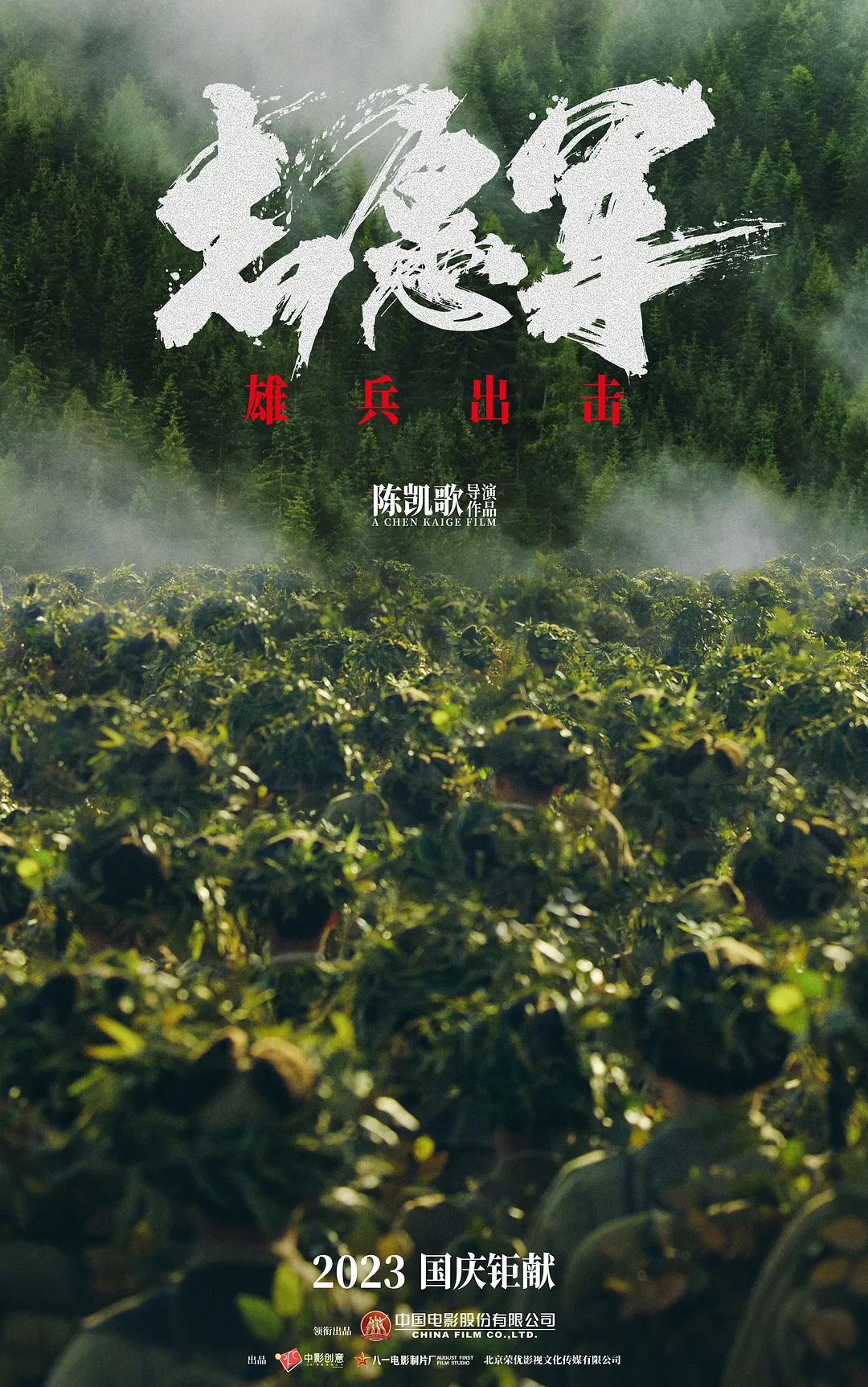
Shanghai film: net profit of RMB 57 million to RMB 69 million.
Actively explore AIGC track to build a local IP planet
According to the performance forecast, the net profit of Shanghai films in the first half of 2023 was 57 million yuan to 69 million yuan, an increase of more than 50% over the same period last year. During the reporting period, both supply and demand improved, and the overall recovery of China film market became the main reason for revenue growth.
In the first half of 2023, the company participated in the production of other films, and its Lianhe Cinema realized a total box office of 1.98 billion yuan (excluding service fees), an increase of 80% year-on-year. The company is exploring the combination of artificial intelligence (AI) and video content.
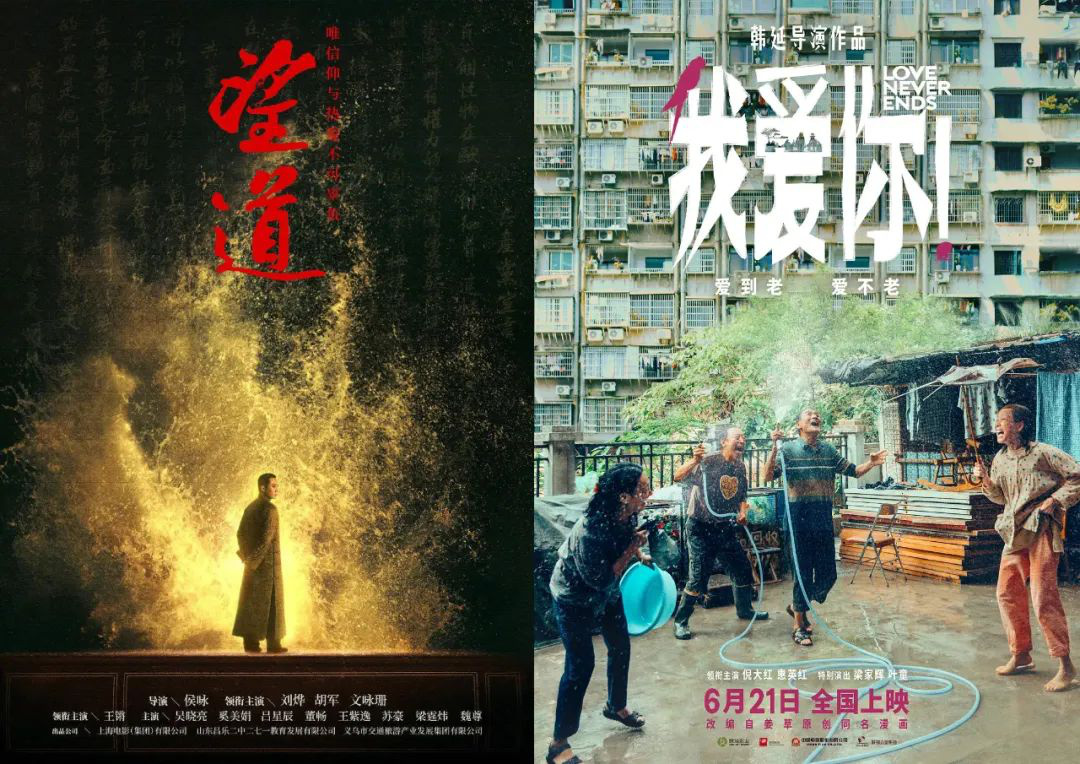
Shanghai Film also acquired 51% equity of Shanghai Film Meta-culture to build a local IP planet in China. Shangying Meta-culture has the right to operate more than 60 well-known IPS, including "Make a scene in Heaven" and "Hulu Brothers".
WANDA CINEMAS: The net profit is 380 million yuan to 420 million yuan.
Reduce and transfer WANDA CINEMAS’s equity to save himself.
The performance forecast shows that in the first half of the year, WANDA CINEMAS’s revenue was 6.7 billion yuan to 6.9 billion yuan, a year-on-year increase of 35.6% to 39.7%; The net profit is 380 million yuan to 420 million yuan. The overall recovery of the film market and the steady growth of cinema screening business have become important reasons for the company’s operating performance to turn losses into profits.
In the first half of 2023, WANDA CINEMAS’s master explosive works were still missing. During the reporting period, the highest box office of the company’s master works was 26.269 million yuan. Since WANDA CINEMAS changed coaching in July, 2022, few major new film projects controlled by the company have been announced.

Since the beginning of this year, in order to alleviate the financial pressure, the helm of Wanda Group has cashed in about 5 billion yuan by reducing its holdings and accepting WANDA CINEMAS’s equity. The outside world interprets this move as a self-help act, the purpose of which is to avoid a liquidity crisis.
The latest transferee of WANDA CINEMAS shares is China Ruyi, a listed company in Hong Kong. On the evening of July 23rd, China Ruyi announced that on July 20th, 2023, Shanghai Ruyi (the controlled structural entity of the company), as the transferee, entered into an equity transfer agreement with Beijing Wanda Cultural Industry Group Co., Ltd., stipulating that Shanghai Ruyi would accept 49% shares of Beijing Wanda Investment Co., Ltd. held by Beijing Wanda Cultural Industry Group at the cost of RMB 2.262 billion.
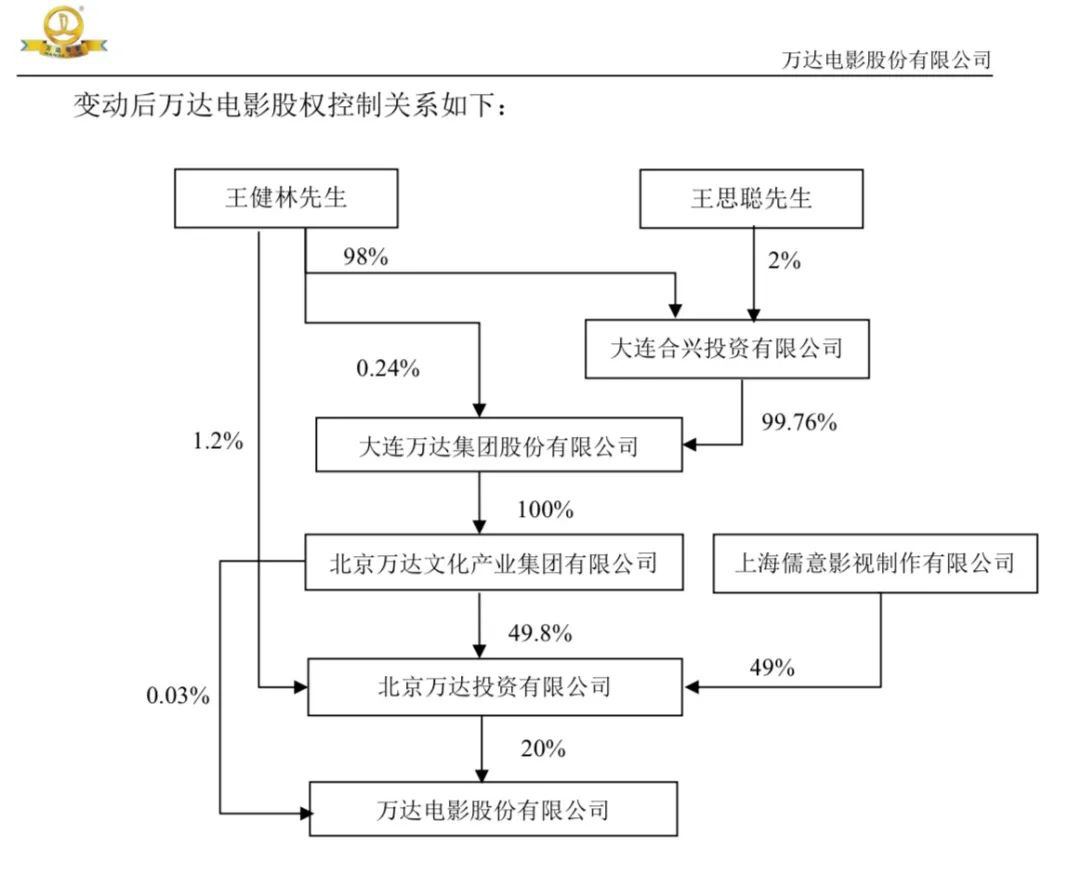
After the equity transfer is completed, Shanghai Ruyi will directly hold 49% of the shares of Wanda Investment and become the second shareholder of Wanda Investment after Wanda Culture. As Wanda Investment is the controlling shareholder of WANDA CINEMAS, Shanghai Ruyi will also acquire 9.8% shares of WANDA CINEMAS Co., Ltd. in the form of indirect holding.
It is worth mentioning that Confucian and Italian films have participated in the production of explosive film and television dramas. At present, the box office of the company’s main products has exceeded 90 million yuan. WANDA CINEMAS also appeared in the list of producers of the film.

Bona Film: The pre-loss is 156 million yuan to 312 million yuan.
It is planned to supply more than 18 films in the next three years.
In the first half of 2023, Bona Film is expected to lose 156 million yuan to 312 million yuan. During the reporting period, the company participated in the production of films such as "Don’t call me a gambler". Among them, the Spring Festival movie "Nobody" was the company’s main control project, and finally the cumulative box office reached 931 million yuan, which became the main source of the company’s revenue in the first half of the year.
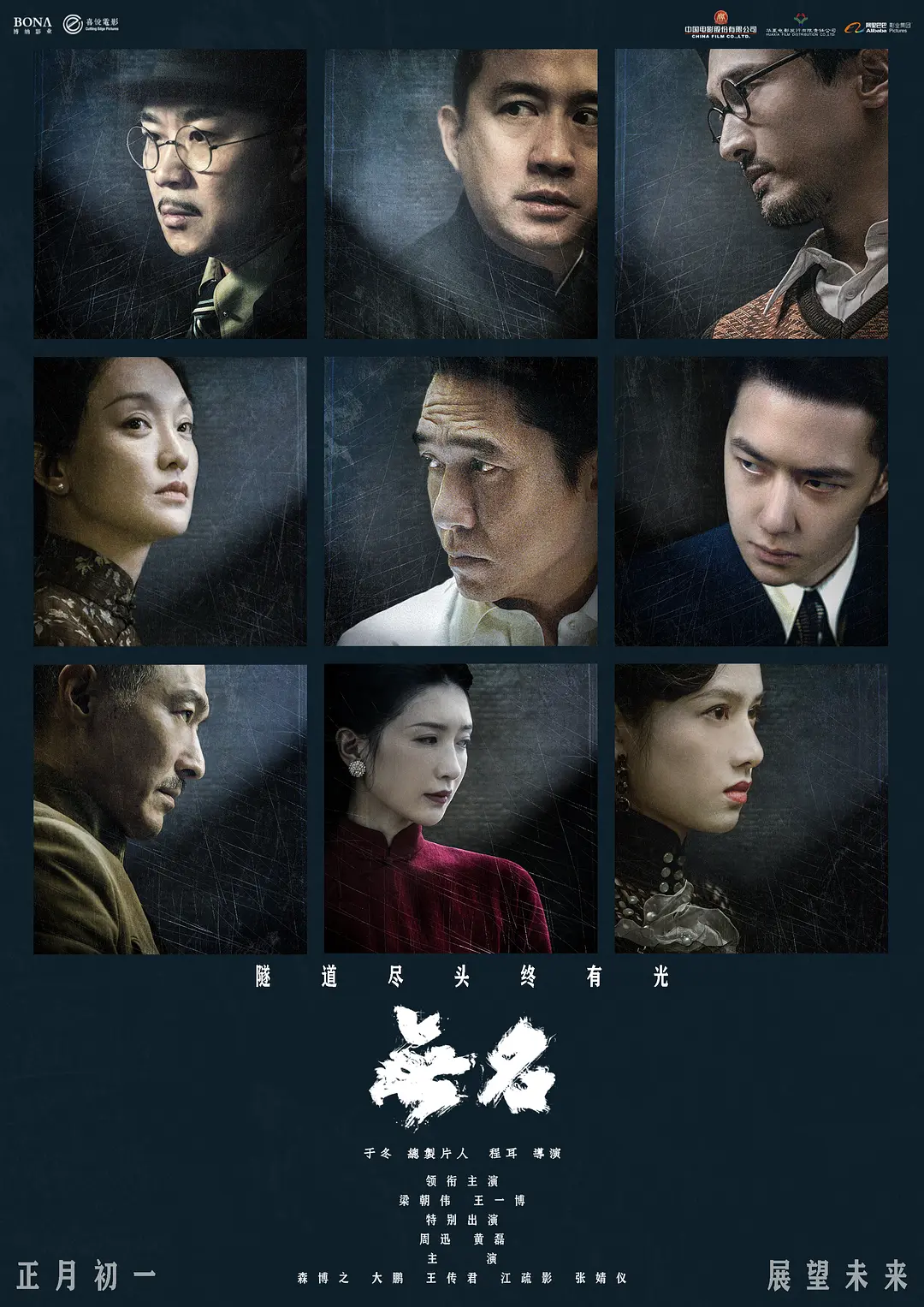
According to the information content of Bona Film’s performance briefing and roadshow activities, in the next three years, the company will form a creative production pattern of "three blockbusters, three small films and three dramas". By the end of 2026, the company plans to supply more than 18 films for the film market and more than 9 dramas for the drama market.
In terms of film creation style, the company continues to focus on the main theme commercial blockbusters, and continues to focus on realistic themes and the adaptation of real events. At present, "Myth 2" directed by the company’s master, starring, etc. has started, and "Operation Red Sea 2: Operation Killer Whale" directed by the company is about to start.
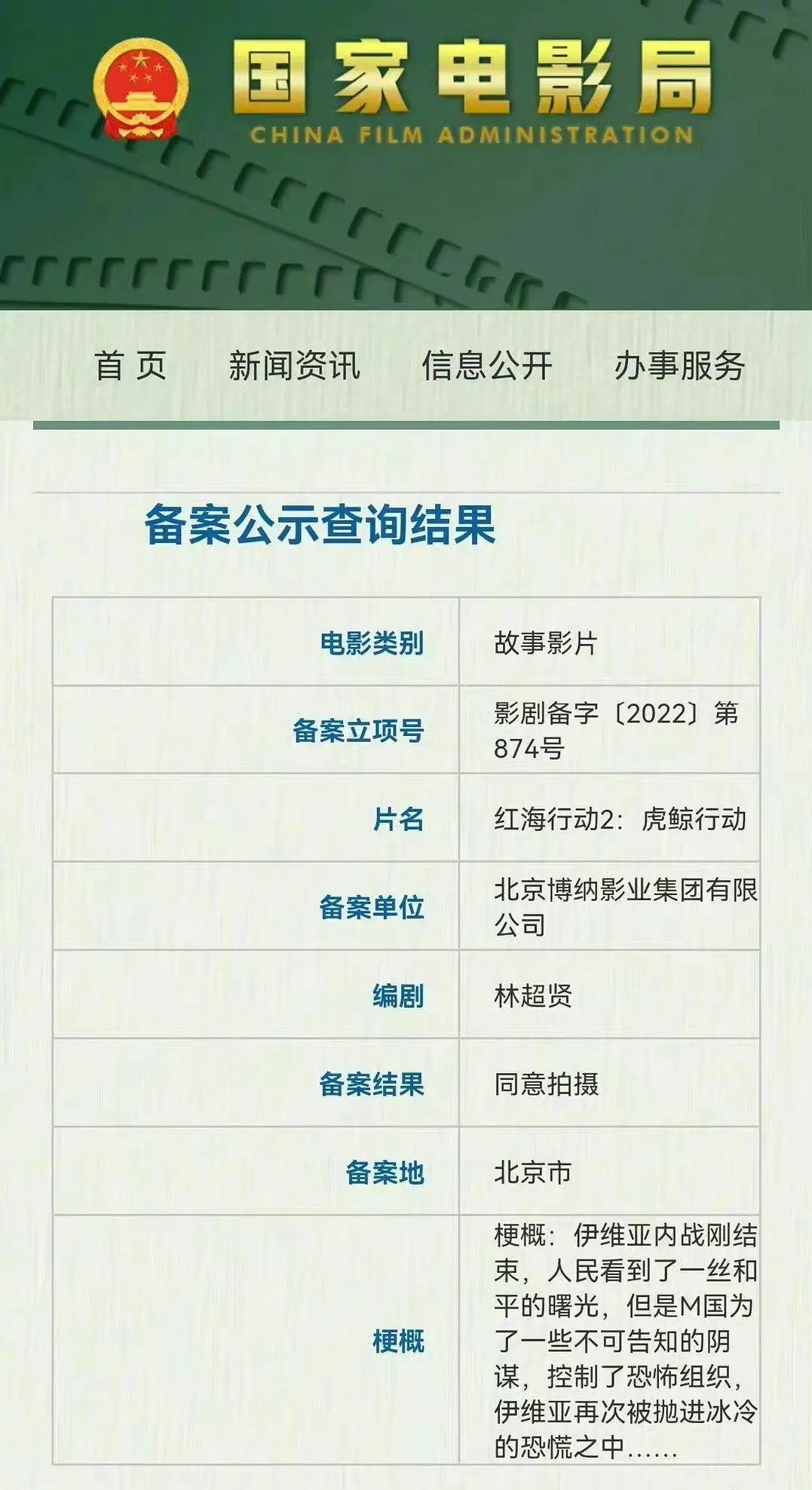
Beijing culture: the pre-loss is 18 million yuan to 23 million yuan.
The box office revenue of "Fengshen Part I" was announced
The performance forecast shows that in the first half of 2023, Beijing’s cultural revenue is expected to lose 18 million yuan to 23 million yuan. After experiencing financial fraud, high-level coaching change and other storms, the former explosion catcher in the film industry is now brilliant. In the first half of 2023, the number of cinema films released by the company was zero.
The first part of Fengshen, released in the summer of 2023, will set the tone for the annual performance revenue of Beijing culture.
On July 24th, Beijing Culture released an announcement about the movie box office. The announcement shows that as of 24: 00 on July 23rd, the cumulative box office revenue of the film was 328 million yuan (including service fees), and the company’s revenue from the film was 230 million yuan to 250 million yuan. According to this revenue interval, when the cumulative box office of the film reached 500 million yuan at 16: 29 on July 25, the company’s revenue from the film was 350 million yuan to 381 million yuan. At present, Cat’s Eye Professional Edition predicts that the final box office of the film will be 2.149 billion yuan.
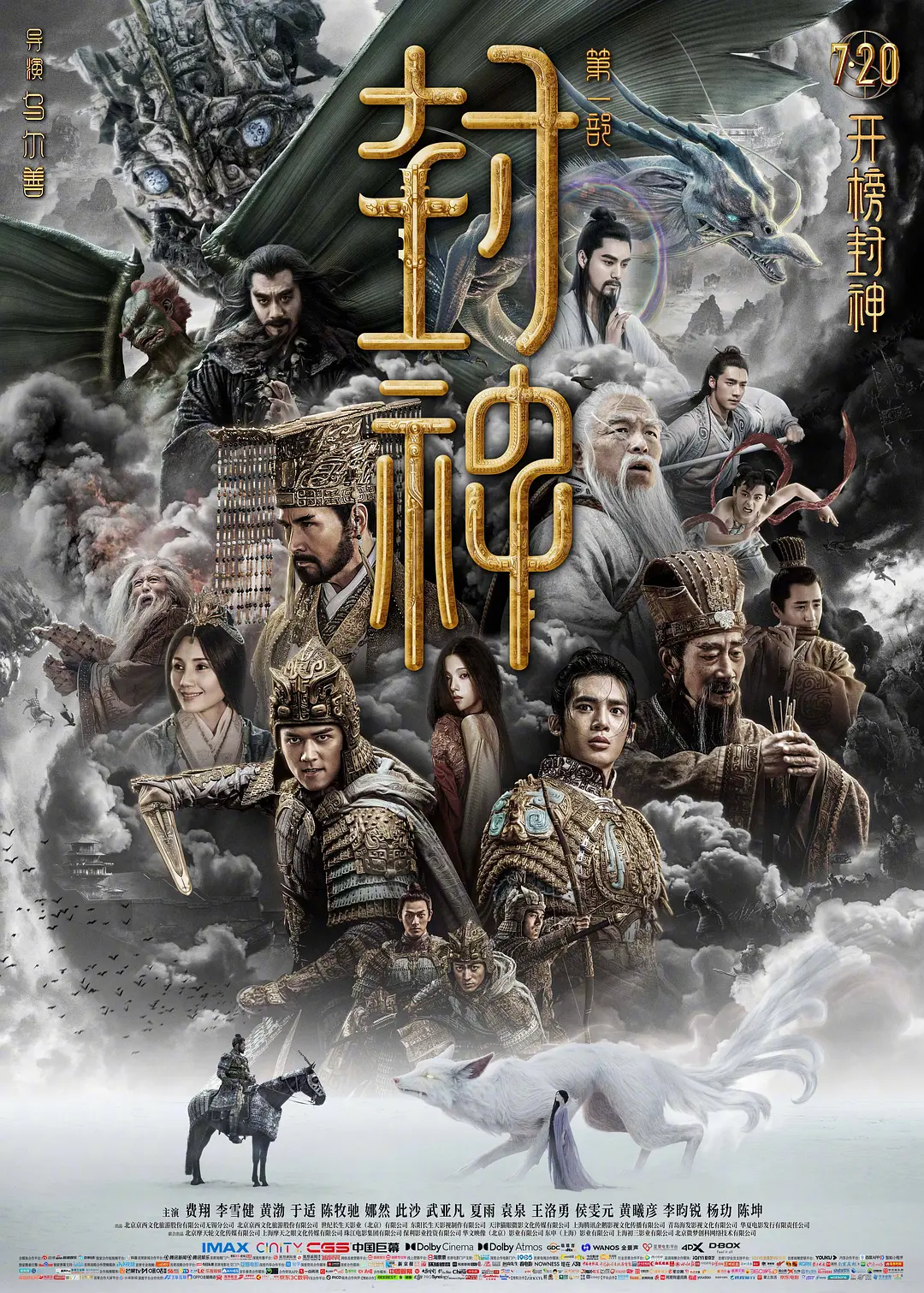
It is worth mentioning that, since the release of the related news of the book "Fengshen Part I", the share price of Beijing Culture has risen from 6.86 yuan/share to 8.56 yuan/share at the close of July 25th, with an increase of 24.78%.
In a short period of time, the trilogy of deities has been released one after another, and Beijing culture has no shortage of master film projects to improve its revenue performance. But in the long run, after Song Ge, Zhang Miao and other executives who know the rules of content production left, there are many unknowns in the development of the company’s content production business.
Hengdian film and television: net profit of 105 million yuan to 120 million yuan.
A number of companies participated in the production of new films, and they were scheduled for half a year in 2023.
In the first half of 2023, the national film market accelerated its recovery, high-quality content continued to be supplied, and the film types were rich and diverse. The popular market of Spring Festival, May Day and Dragon Boat Festival was now prominent, which made the income of Hengdian film and television projection business recover rapidly.
Zhejiang Hengdian Film Co., Ltd., a wholly-owned subsidiary of the company, participated in the production of Wandering Earth 2, Bears with Me, Bear Core and I Love You! "and many other films have been produced, which has achieved good social repercussions and economic benefits. The projection business and the content sector work together to help the company turn losses into profits. The company participated in the production of films that have been scheduled for the second half of 2023, such as "Enthusiasm".

Jinyi Film and Television: the net profit is 21 million yuan to 27 million yuan.
Favorable policies further promote the prosperity of the film market.
The domestic consumer market as a whole has recovered steadily. As an important scene of offline consumption, movies have shown a strong recovery trend, which has become the main reason for the company’s performance changes. After the Spring Festival file achieved a "good start", the May Day file and the Dragon Boat Festival file respectively achieved the third and second best results in the box office history of the same period.
During the reporting period, the company continued to take multiple measures to reduce costs and increase efficiency, and accumulated stamina for the company’s sustainable development. During the reporting period, the company’s direct-operated cinemas achieved a box office of 548 million yuan (excluding service fees), a year-on-year increase of 48.31%; The number of people watching movies was 13.5381 million, a year-on-year increase of 43.58%.
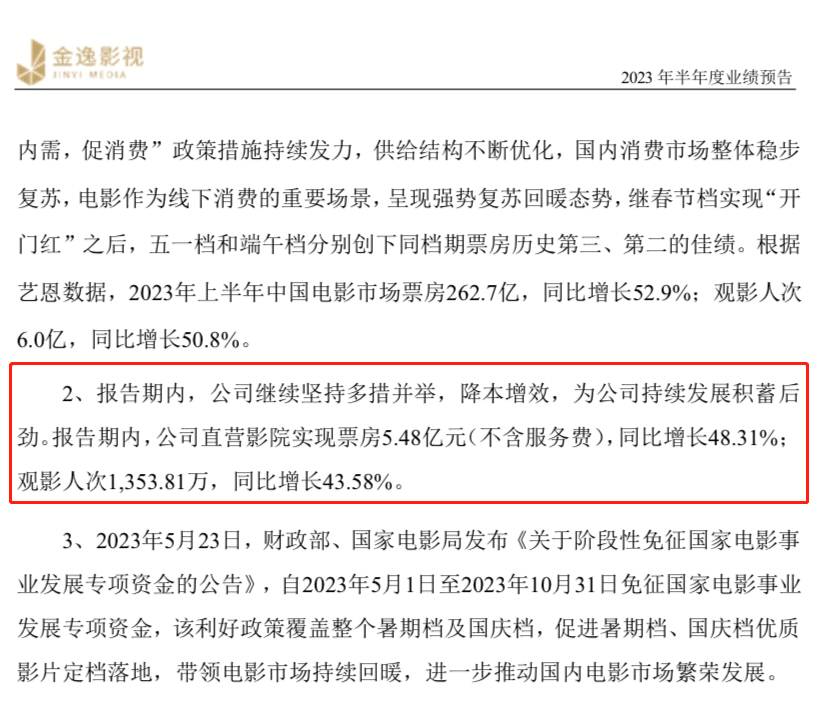
The report also pointed out that on May 23, 2023, the Ministry of Finance and the State Film Administration issued the Announcement on Exempting Special Funds for the Development of National Film Industry in Stages, which was exempted from the special funds for the development of national film industry from May 1, 2023 to October 31, 2023. This favorable policy covers the whole summer file and National Day file, promotes the landing of high-quality films for the summer file and National Day file, leads the film market to continue to pick up, and further promotes the prosperity and development of the domestic film market.
tag
Through the semi-annual pre-reports of the above seven listed film companies, it can be seen that the companies whose main business is cinema screening have benefited from the strong recovery of the China film market, and their semi-annual performance is mainly profit. Whether there are explosive master works has become the key point that affects the profit and loss of listed companies that focus on content production in the upstream of the industry.
At present, the summer box office in 2023 has surpassed the best level in the same period in history. With the emergence of more explosive domestic films, more listed film companies will enter a profitable state in the second half of the year.





